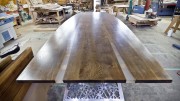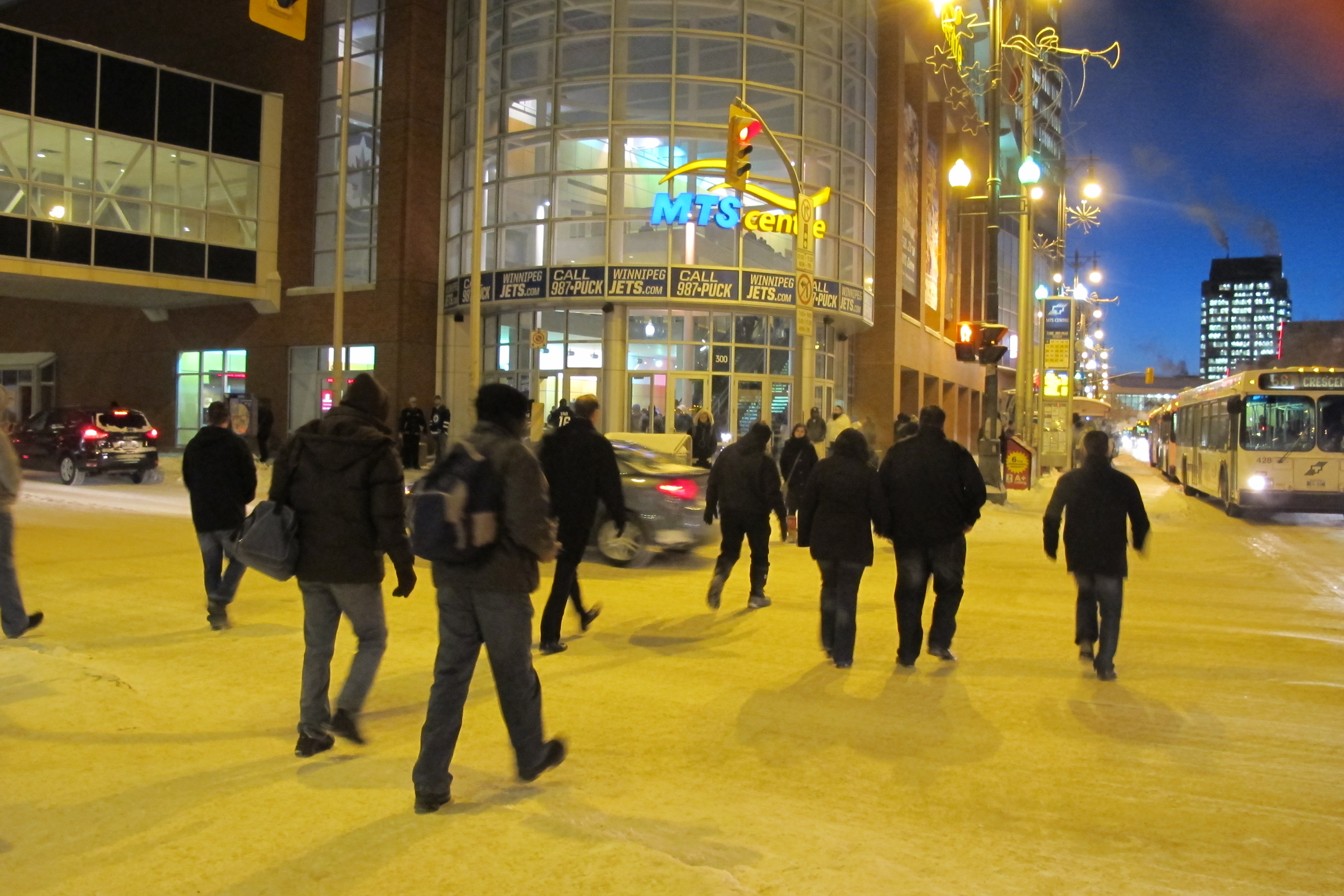On Sept. 23, 2011 NASA’s decommissioned Upper Atmosphere Research Satellite (UARS) — a “bus sized” object, decommissioned in 2005 — re-entered the Earth’s atmosphere and probably broke up over the Pacific Ocean according to CBC.ca.
While NASA is pointing at the lack of injury reports as an indication that no one was harmed by the falling debris — pieces of which could have weighed up to 135 kilograms and reached Western Canada — the fact that UARS could have fallen on populated areas was called “irresponsible” by the host of CBC’s Quirks and Quarks, Bob McDonald.
NASA stands behind its record that, aside from one woman who claims to have been hit by space-debris in 1997, no one has ever been injured by a falling satellite or pieces of one. In fact, the chances of someone being hit by debris, as stated by NASA, are normally one in a trillion. But McDonald says that shouldn’t be used as a justification. “That’s not enough. Just because no one has been injured yet is no reason to keep doing it.”
UARS had a much higher chance of injuring someone, since its unstable orbit meant there was a high likelihood of it falling on land instead of in water, increasing the danger to one in 3,200.
Space junk, composed of decommissioned satellites and other discarded objects, is an ever-increasing problem above the Earth. According to NASA’s Orbital Debris Program Office, there are 500,000 pieces of debris between one and 10 centimetres, and about 19,000 pieces over 10 centimetres floating over our heads. Each object has the potential to impact another space-object, such as the International Space Station (ISS), at a speed of 36,000 km/h, or 29 times the speed of sound.
In fact, the ISS has had to execute five avoidance maneuvers in the past 30 months in order to get out of the way of potentially harmful debris.
As more and more private companies and countries start launching their own objects into space, with no international treaty on how to safely dispose of them, the current situation will only get worse.



